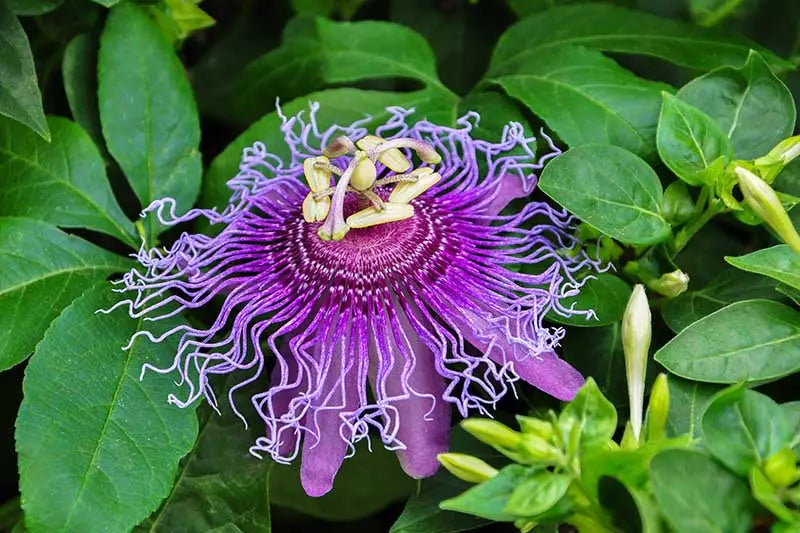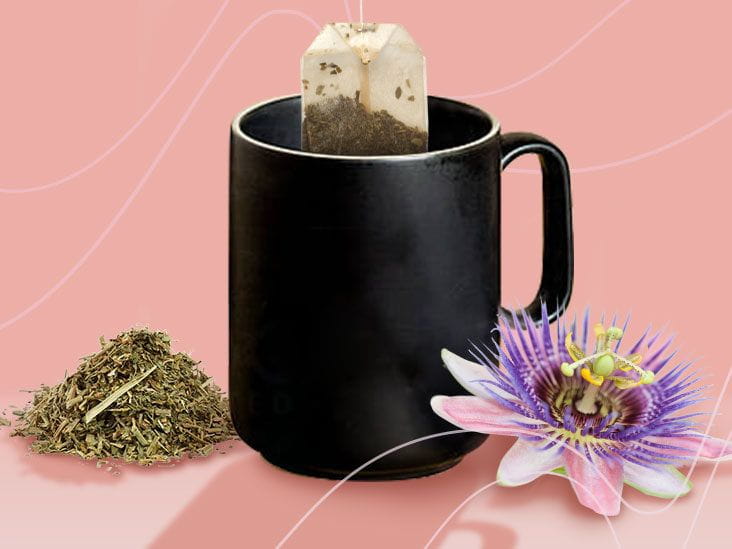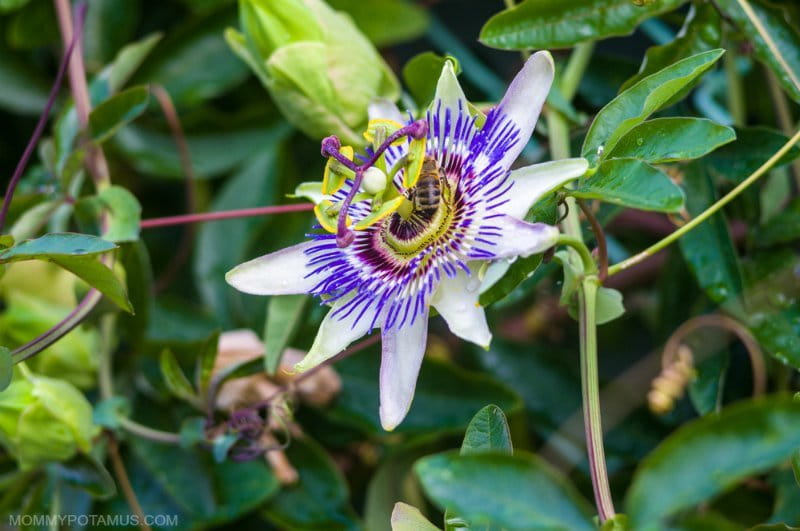The Meaning Behind the Passion Flower
Explore the Beauty and Calm: Passion Flower for Ornamental and Medicinal Uses
Passion Flower
Amidst a garden bursting with vibrant colors, one flower stands apart, retaining an ethereal beauty unlike any other. It is the passion flower, with its mystic purple hue, carrying a profound meaning of the Lord's boundless love.

Known by its scientific name Passiflora Foetida L., belonging to the Passifloraceae family, this unique blossom also answers to endearing vernacular names like "nhãn lồng," "chùm bao," or "tiên lạc." When bearing fruit, it is referred to as the "long châu quả," or more commonly, the "nhãn lồng" fruit. Originating from the southwestern United States, Mexico, the Caribbean, Central and South America, this species has since found its way into tropical regions of Southeast Asia, Australia, and Hawaii.
Beyond its captivating beauty, the passion flower offers a wealth of invaluable benefits. Its stem can aid in relieving headaches and insomnia when combined with other herbal remedies. Meanwhile, the nhãn lồng fruit is a nutritious powerhouse, brimming with vitamin C and providing a refreshing, cooling sensation – perfect for beating the summer heat. Passion flower tea, brewed from the plant's leaves and flowers, reveals a whole new realm of therapeutic qualities. This fragrant infusion acts as a natural sedative, promoting restful sleep while easing anxiety and stress. It also possesses anti-inflammatory properties that can help alleviate pain and muscle spasms.

Closely related is the passion flower's kindred spirit, the chanh dây or Passiflora Incarnata L., also known as the Purple Passion Flower. Despite its name's implication, this plant shares no familial ties with the citrus family. Native to South American regions like Brazil, Argentina, and Paraguay, it has since spread worldwide to places like India, New Zealand, and California. Its golden or deep reddish-purple fruits are rich in vitamin C, commonly used in thirst-quenching summer beverages.
Yet, what truly sets the passion flower apart is not merely its outward allure or the fruit's nutritional value. According to an ancient legend, this bloom symbolizes the very suffering of Christ, representing the boundless love He bestowed upon humanity. The ethereal purple hue signifies piety, unwavering faith, and an optimistic outlook towards the light.

So, bring home a passion flower plant for your family. Let its delicate blooms and pure fragrance infuse your space with positive energy. When it bears fruit, the nhãn lồng will not only nourish but also provide a refreshing, cooling drink to beat the summer heat. More importantly, the passion flower will remind us of the Lord's immense love, inspiring us to hold firm to our faith as we overcome life's trials and tribulations.





Leave a comment